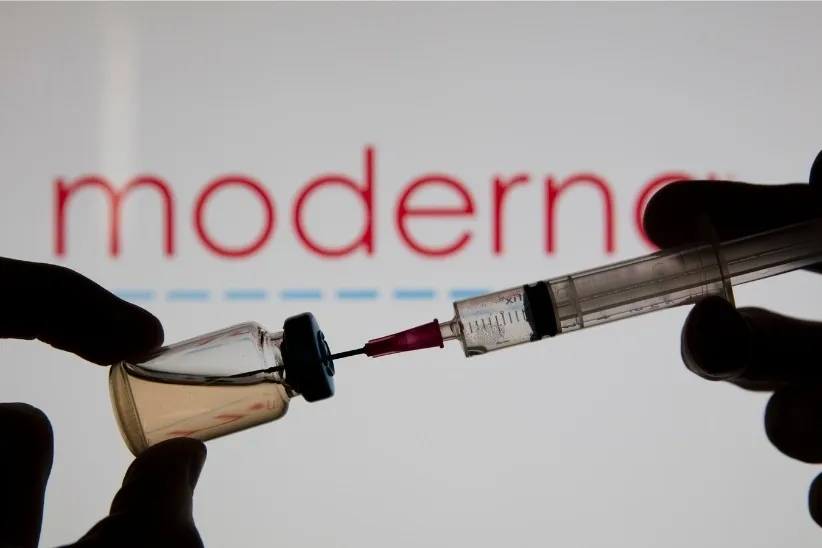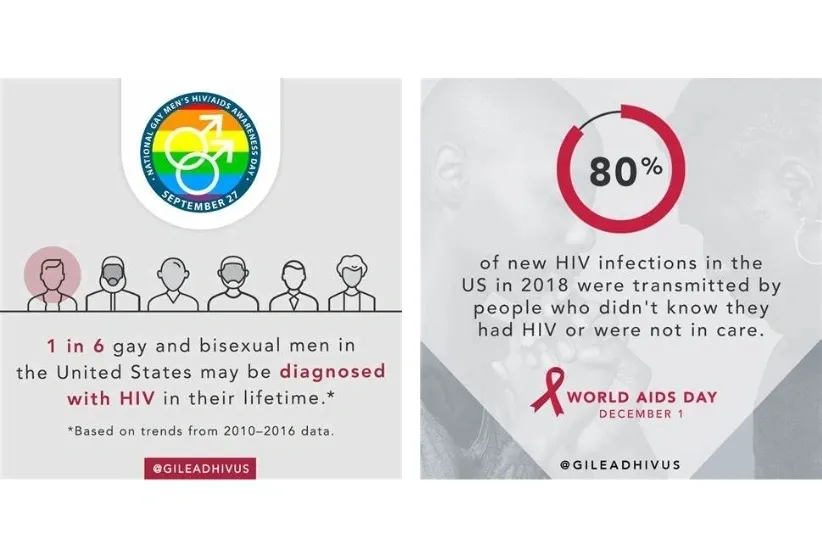If you have just landed your new content marketing job, a great place to start (whether this is part of your job remit or not) is to run an audit of your current marketing throughout the funnel. To help with this, we have created this 3-part series, tackling the top, middle and bottom of the funnel approaches.
In our experience of working with brands in this sector, top-of-the-funnel (TOFU) marketing, is where companies spend most of their time and budget. This isn’t where immediate sales are generated, so why should your TOFU marketing matter so much?
“You never get a second chance to make a first impression.” – Will Rogers
The TOFU stage is where your customer’s initial awareness and interest are sparked, and how you make that critical first impression. It is the most competitive stage of the customer journey, with SEO being a crucial component of top-of-funnel marketing. SEO today means more than keywords; it requires you to think about optimizing your content for search on every channel that your customer might be viewing it and most importantly creating the content that the customer wants – because ultimately this is what the search engines will reward you for.
“Content is the reason search began in the first place.” – Lee Odden, CEO and Co-Founder, TopRank Marketing
Key metrics for TOFU evaluation
It’s important to track your marketing analytics to measure your impact and, based on your results, to constantly adapt your top-of-funnel marketing strategy.
For assessing how successful your TOFU marketing efforts are, these are the most commonly tracked and helpful metrics:
- Website traffic: The number of visitors to your website or specific campaign landing pages.
- Bounce rate: The percentage of visitors who leave your website after viewing only one page. Aim for that to be under 40%.
- Time on site: The average amount of time visitors spend on your website.
- Lead generation rate: The number of leads generated per marketing activity. Use this formula: Lead Generation Rate = Number of Leads Generated / Number of Marketing Activities or Impressions.
- Brand awareness: The recognition and familiarity of your brand among your target audience. You could use specialized software like Brandwatch and Brandfolder to track brand mentions and sentiment across various channels, or commission companies like Nielsen, Ipsos, and Kanta to carry some research out. Of course, you can also gather your own data though tools like SurveyMonkey and Typeform.
Effective TOFU tactics for science marketers
Educational content: Creating blog posts, whitepapers, and infographics that explain complex scientific concepts in an accessible way helps to establish your brand as a thought leader and builds trust with your audience. For scientists, case studies of applications really work wonders and podcasts or interviews with thought-leaders are amazing top-of-the-funnel content types to invest in. These are also evergreen, so you’ll invest once but benefit again and again.
Paid and organic social: Use platforms like LinkedIn, Facebook and Instagram to share interesting sector/industry facts. Research updates and behind-the-scenes looks at your company work really well too. Engaging visuals and interactive content can capture attention and drive traffic to your website. Short videos are a great attention-grabbing form of content, and these days can be shot using your iPhone, so no expensive videographer fees are needed – just your creativity, a great script and a willing ‘actor’.
SEO optimization: Optimize your content for your users, across all channels. This is what search engines award you bonus points for and reward you with higher rankings, higher domain authority and consequently more organic traffic that you don’t need to pay for.
Webinars, community events and online workshops: Host free webinars or workshops and events on trending topics in your industry, or do very niche deep dives with topic experts or specific communities adding their influential voices. These are all great ways to generate marketing-qualified leads (MQLs) that can be added to your nurture streams. You also get the opportunity to learn about what really matters to your audience and engage them in a long-lasting dialogue.
Collaborations and guest posting: We recommend partnering with third-party partners well-known in our sector (e.g. ResearchGate, SelectScience, Labroots, AZO Network, The Scientist, BitesizeBio, etc.), whose audiences closely match your ideal customers. You can benefit from their marketing support and tactics, and build visibility for your brand within a tightly specified segment for better results.
Email newsletters and nurtures: Send out regular newsletters with the latest news, research findings, and upcoming events. This keeps your audience informed and engaged with your brand. Set up email nurtures based on the information you have about their interests and intent, to help stay front of mind and support their decision-making processes. If you need a hand with setting up nurtures or figuring out a water tight lead management process, give us a shout: hello@qincade.com
“Content marketing is a very powerful tool for attracting and engaging potential customers at the top of the funnel.” – Content Marketing Institute
How to optimize your TOFU tactics
ptimizing your TOFU tactics is a bit like fishing: you need to know where the fish hang out and use the right bait for the type of fish you are after, to increase your chances of snagging one.
This means revisiting your ICP and their pain points is a super important first step. For example, if your target audience is microbiologists, they often grapple with limited funding, time constraints, and equipment limitations. In discovery interviews, they also highlight their data analysis challenges, collaboration difficulties, ethical considerations, and career progression as major areas of concern. If you don’t have an ICP, grab our free template here and build one out, or compare your current template with this one to see if there is more information that you can add.
Once you’ve got those profiles, it becomes amazingly easy to create interesting and useful content that they will enjoy and, crucially, would want to share with others. Before you so anything with the content, make sure that you’ve optimized your website and all the relevant links and pages so it’s easy for your customers to navigate their way around. Use social media to cast your net wider and give previews of the useful content your microbiologists will love. Measure and analyze your results to see what’s working and what’s not. Just like a seasoned angler adjusts their technique based on the conditions, so you should continually refine your TOFU strategy to maximize your catch rate.
TOFU best practice
- Focus on awareness and interest: Aim to introduce your brand and generate interest in your products or services.
- Build relationships: Establish yourself as an authority in your industry by providing valuable, trustworthy content and demonstrating your expertise.
- Encourage engagement: Foster two-way communication with your audience through social media, email, and other channels. Make it easy for people to leave comments or reviews and enter into a conversation with you.
- Track and analyze results: Continuously monitor your TOFU performance and make data-driven adjustments to your strategy. Attention is getting harder and harder to get and to keep, so finding what’s working and what’s no longer working is only possible through experimentation and keeping a close eye on the performance of your content.
“It’s not the best content that wins, it’s the best-promoted content.” – Andy Crestodina, Orbit Media
A couple of industry examples
So who’s doing TOFU marketing well?
As marketers we are all aware of Hubspot and Buffer. HubSpot is known for its comprehensive blog and educational resources, attracting a large audience through useful educational content that is very well optimized for search. Buffer shares tips, insights, and industry news, and has built a strong following on social media. Beyond these two, here are a couple more examples of companies in our sector that have managed to stand out from the crowd with their top-of-the-funnel marketing campaigns.
Moderna’s COVID-19 vaccine awareness campaign
During the unprecedented COVID-19 pandemic, Moderna faced the daunting task of introducing a novel mRNA vaccine to a sceptical public. Their top-of-the-funnel marketing campaign was a masterstroke in overcoming uncertainty and building trust in what was a very anxious time for millions of people globally.

By combining educational content, personal stories, strategic partnerships, and targeted advertising, Moderna effectively reached a wide audience. They tackled head-on the scepticism surrounding a new vaccine technology, providing clear and accessible information about its benefits and safety.
One of the campaign’s key successes was its ability to humanize the vaccine. By sharing personal stories from individuals who had received it, Moderna helped people connect with the vaccine on a personal level. Additionally, their partnerships with healthcare providers and influencers amplified their message and built credibility.
Moderna’s campaign also demonstrated the power of data-driven marketing. By using targeted advertising, they were able to reach specific demographics and address their unique concerns.
Earlier this year, the company launched another campaign [1] this time to inform the public about the ongoing risks of COVID-19 and the impact the virus continues to have on day-to-day life. You can watch the “Do It for You and Them” video here.
Gilead Sciences’ HIV awareness campaign
Gilead Sciences, which offers antiviral products, has conducted several top-of-funnel marketing campaigns to raise awareness of HIV and available treatment options. HIV is the core of the company’s portfolio, and it’s innovating = with new drugs like PrEP. One notable campaign focused on reducing the stigma and discrimination associated with HIV. Key elements of the campaign included:
- Celebrity endorsements: Enlisting celebrities like Jason Rodriguez from the US TV series called “Pose” to share their stories and advocate for HIV awareness. [2]
- Social media campaigns: Using social media platforms to reach a diverse audience and encourage open conversations about HIV.
- Community events: Organizing events and workshops to provide education and support to people living with HIV as well as raise awareness amongst ‘at risk’ communities.

Gilead’s campaign helped to reduce the stigma and discrimination, brought greater awareness of the complexity of the issues surrounding HIV transmission, and encouraged people to get tested and seek treatment for HIV. The company’s HIV business continues to grow and remains dominant in the field thanks to its success with patients and continued innovation.
“Content marketing is the only marketing left.”– Seth Godin
If you’ve found this interesting, head on over to read through our next article in this series about the best content approaches and tactics for the MOFU, or skip through to Part 3 – all about BOFU best practice.
References





